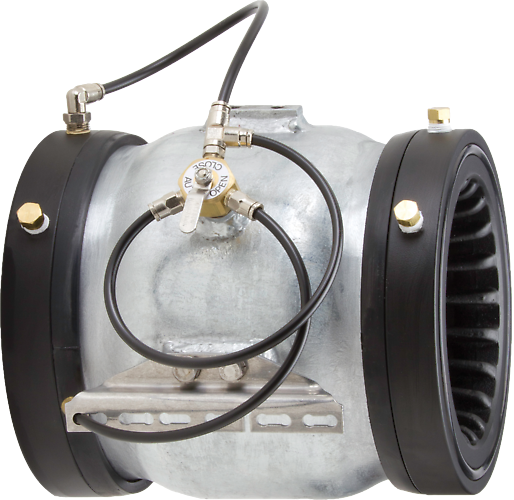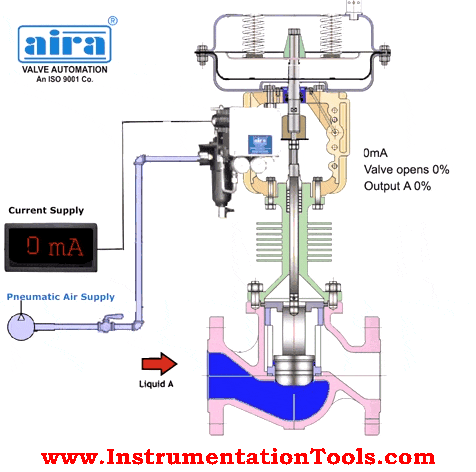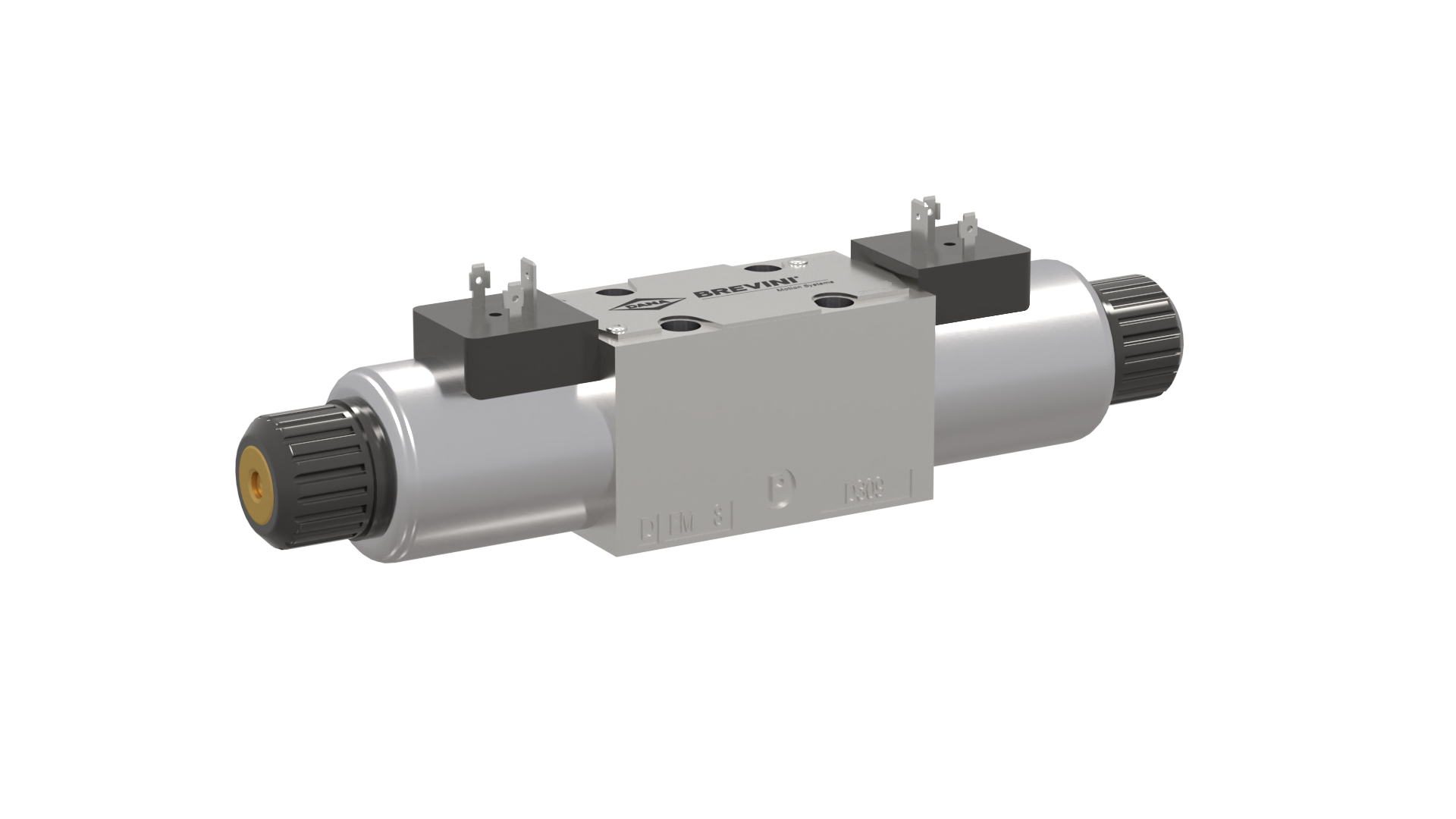Enhancing Functional Efficiency with Advanced Control Valves
Enhancing Functional Efficiency with Advanced Control Valves
Blog Article
Achieve Seamless Combination and Control With Top Quality Building Automation Controls
In the realm of modern-day building management, the significance of high quality structure automation controls can not be overstated. As innovation remains to advance, the integration and control of different systems within a structure have actually progressed to be a lot more sophisticated and effective. The smooth operation and tracking of lights, COOLING AND HEATING, safety, and other structure features have become extremely important for improving owner comfort, energy performance, and overall functional performance. The journey towards accomplishing true assimilation and control is a multifaceted one, with considerations varying from system compatibility to cybersecurity. Embracing top quality building automation controls is not merely an issue of benefit yet a calculated critical for organizations aiming to enhance their facilities' performance and sustainability.

Advancement of Building Automation Controls
Throughout the past few years, the advancement of building automation controls has significantly transformed the way structures are managed and run. Originally, building automation systems primarily concentrated on fundamental functions such as managing ventilation, air, and heating conditioning (HVAC) systems. Nonetheless, as modern technology progressed, these controls have become a lot more innovative, enabling a broader array of structure systems to be incorporated and managed centrally.
The advancement of constructing automation controls has actually seen a change towards even more smart systems that can adjust to changing problems in real-time. This flexibility is critical for enhancing power performance and guaranteeing passenger convenience. In addition, modern-day building automation controls currently offer functions such as anticipating upkeep, remote tracking, and information analytics, allowing center supervisors to make data-driven choices to enhance structure efficiency.

Benefits of High Quality Combination
The advancement in building automation manages in the direction of even more smart systems has highlighted the considerable advantages of high quality combination in maximizing building operations and enhancing overall efficiency. Quality assimilation of constructing automation controls offers several key advantages. It leads to improved power efficiency by allowing various systems to work together effortlessly, guaranteeing optimal efficiency and decreasing power waste. Secondly, quality combination enhances passenger convenience and productivity by making it possible for customized control over environmental setups like lights, air, and temperature level high quality. This personalization can bring about a much more comfy and conducive working or living environment. In addition, high quality assimilation streamlines upkeep and fixing processes, as all systems are interconnected and can be checked and controlled from a central user interface. This centralized control also provides much better exposure and understandings right into building performance, allowing positive upkeep and optimization strategies. On the whole, the advantages of quality integration in structure automation controls are obvious, offering enhanced efficiency, comfort, and operational performance.
Enhanced Customer Experience and Accessibility
Enhancing customer interaction with building automation controls with user-friendly style and improved access boosts the total experience for occupants and facility supervisors alike. By concentrating on individual experience, building automation systems can come to be much more straightforward and reliable. User-friendly interfaces, clear navigation, and personalized settings encourage customers to engage with the controls easily and effectively.
Access features play an important role in making certain that all people, consisting of those with disabilities, can utilize the structure automation regulates effortlessly. Incorporating attributes such as voice commands, tactile switches, and color-contrasted display screens can improve accessibility and make the controls extra comprehensive.
In read this post here addition, boosted customer experience results in higher user fulfillment, raised performance, and far better decision-making. Occupants can adjust ecological settings according to their choices, while center supervisors can effectively check and manage structure systems - control valves. Generally, prioritizing individual experience and access in structure automation regulates adds to an extra productive and smooth building setting for all stakeholders entailed
Sustainable Practices With Automation

In addition, automation can facilitate the integration of eco-friendly energy sources such as solar panels or wind generators right into structure procedures. Via automation, structures can align with contemporary sustainability goals and add to a greener future.
Future Trends in Structure Control Systems
One famous fad shaping the future of structure control systems is the enhanced combination of Artificial Knowledge (AI) and machine understanding. Furthermore, the Internet of Things (IoT) is revolutionizing building control systems by linking gadgets and sensing units to streamline procedures and improve efficiency.
One more vital trend is the emphasis on cybersecurity measures to secure versus possible risks to developing automation systems. As structures come to be a lot more interconnected, making sure durable cybersecurity methods will be important to protect sensitive information and stop unauthorized gain access to.
Moreover, the change towards cloud-based platforms is acquiring energy, enabling systematized control and remote accessibility to structure systems. This facilitates easier tracking, upkeep, and updates, improving the general performance and adaptability of building control systems. As technology continues to advancement, these trends are anticipated to shape the future landscape of building automation controls, driving development and sustainability in the built environment.
Conclusion
In conclusion, building automation controls have advanced considerably, using numerous advantages such as improved user experience, availability, and sustainable techniques. Quality assimilation plays Bonuses a vital duty in achieving seamless control and reliable operation of building systems. Future patterns in structure control systems are most likely to concentrate on additional improving automation capacities for improved energy efficiency and general efficiency. It is necessary for building owners and drivers to focus on the fostering of quality building automation controls to optimize building procedures and achieve lasting sustainability goals.
In the world of modern-day building administration, the relevance of quality structure automation controls can not be overstated. On the whole, the development of structure automation YOURURL.com manages continues to drive development in the building administration sector, providing new opportunities for creating smarter and a lot more lasting buildings.
The innovation in building automation manages in the direction of more intelligent systems has actually emphasized the significant benefits of top quality combination in optimizing building procedures and improving overall effectiveness. In general, prioritizing customer experience and ease of access in structure automation regulates adds to a much more productive and seamless structure atmosphere for all stakeholders included.
It is crucial for structure proprietors and operators to prioritize the fostering of quality building automation manages to maximize structure procedures and attain long-term sustainability goals. - control valves
Report this page